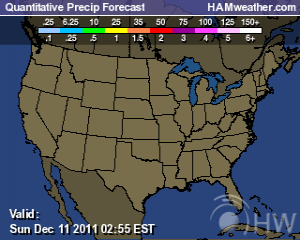Worries of Mega-Tsunami ! 720 Earthquakes On El Hierro In One Week
“An unprecedented 720 earthquakes have been recorded on El Hierro, the smallest of the Canary Islands, during the past week,” says this article by Mark Dunphy.
Described as a “significant increase in seismic activity,” the earthquake swarm has prompted the Canary Islands Government to convene the first ever meeting of the Steering Committee and Volcanic Monitoring.
The National Geographic Institute (IGN) and Volcanological Institute of the Canary Islands is continuing to record scores of earthquakes, measuring between 1 and 3 on the Richter Scale, each day. The majority of earthquakes are being recorded at a depth of between 5km and 15 km.
There is no indication at present that the low magnitude seismic activity is a precursor to any significant volcanic activity or, indeed, stronger earthquake activity. El Hierro is currently the most volcanically active of the Canary Islands. According to ElHierro.com,“El Hierro has the largest number of volcanoes in the Canaries with over 500 open sky cones, another 300 covered by the most recent outflows, and some 70 caves and volcanic galleries. Since the Spanish occupation, there have been seven eruptions. More than 200 years have elapsed since the last eruption.
The island of El Hierro emerged from the ocean after three successive volcanic eruptions and consequent accumulations, crowned by a volcano more than 2,000 metres high.
During seismic tremors some 50,000 years ago, a giant piece of the island cracked off, crashed into the ocean and caused a giant tsunami that most likely rose more than 330 feet (100 m) high and probably reached as far as the American coast.
About a half a million years ago, the volcano, Taburiente, collapsed with a giant landslide.
In a BBC Horizon program broadcast on 12 Oct 2000, geologists hypothesised that a during a future eruption a similar landslide could potentially generate a “megatsunami” some 2000-3000 ft (650–900 m) high in the region of the islands.
The huge wave would radiate out across the Atlantic and inundate the eastern seaboard of North America including the American, Caribbean and northern coasts of South America a mere six to eight hours later.
According to modeling estimates, the tsunami’s waves could possibly reach 160 ft (49 m) or more high and, depending on topography, could extend up to 16 miles (25 km) inland, causing massive devastation along the coastlines.
4 Responses to Worries of Mega-Tsunami ! 720 Earthquakes On El Hierro In One Week
You must be logged in to post a comment Login






Pingback: Huge spike in seismic events in El Hierro swarm in Canary Islands | The Extinction Protocol: 2012 and beyond
Pingback: Worries of Mega-Tsunami ! 720 Earthquakes On El Hierro In One Week « End Times Signs
Pingback: Mega sunami | Valbook
Pingback: Miedo a que el Hierro provoque un MegaTsunami [Eng]